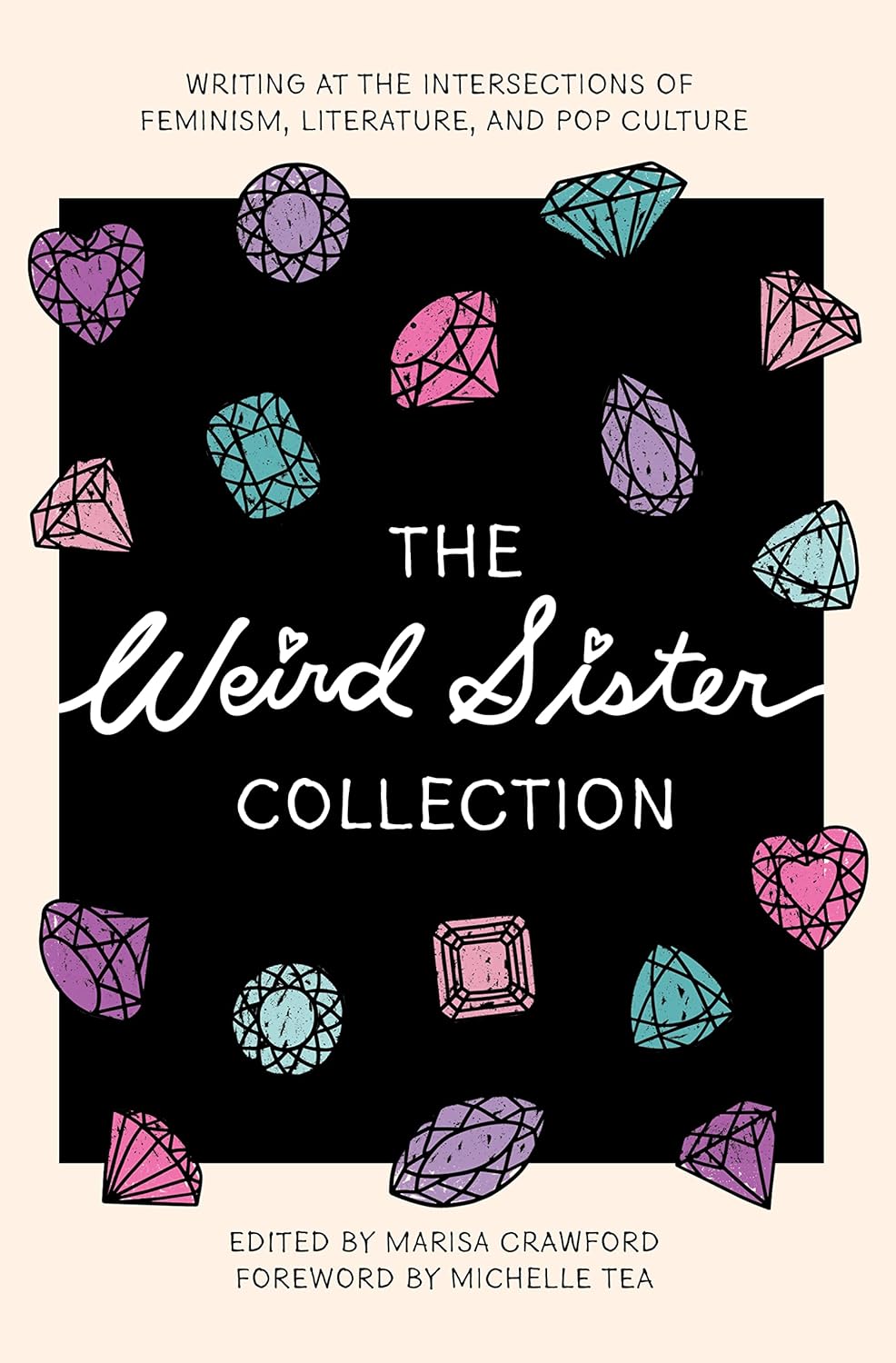Review of The Weird Sister Collection: Writing at the Intersections of Feminism, Literature, and Pop Culture edited by Marisa Crawford

The Weird Sister Collection: Writing at the Intersections of Feminism, Literature, and Pop Culture
Edited by Marisa Crawford
Feminist Press, 2024, 264 pages
$26.95
Reviewed by Gabe Tejada
With the resurgence of books, largely due to readers on social media, an integral part of the literary ecosystem seems to have been neglected: the literary magazine. The Weird Sister Collection—a book edited by Marisa Crawford—is a timely homage to that particular species of the literary and art magazine: the blog.
The collection begins with a foreword by Michelle Tea, dyke queen of the countercultural 1990s lesbian literary scene. Tea writes, “Something that had felt so private and obscure to me had also been found and claimed by others” (xii), a feeling I’m sure was shared by each one of us upon discovering Sinister Wisdom, whether in its inception back in 1976 or doom-stumbling onto its Instagram account in 2024. Here, as in the Weird Sister book and blog, we write about “(our) feminist history, (our) places in the past, and the feminism we’re all making right now” (xii). Lovers of literary magazines will feel at home in the eclectic—yet cohesive—mix of art critique, politically engaged personal (or personally engaged political) narratives, and cultural commentary found in this collection. Though divided into seven thematic categories, including “Talking Back to the Canon,” “Double, Double Pop Culture Trouble,” and “Performance, Identity, and Public Space,” each piece fuses high and low art as well as popular and obscure cultural references to capture the feminist millennial milieu of its writers.
Sam Cohen’s “I am Jenny Schecter, Please Love Me” was a vindication, not just for Jenny, but for all the LAGs (lesbians after graduation) like her. How after a certain age, the certainty of one’s queer identity is expected, with those still dis/uncovering their queerness seen to be lagging behind. “We Were There: Black Women Artists for Black Lives Matter at the New Museum” by Hossannah Asuncion was an institutional critique through “the care of the (Black woman’s) body” (200). In naming all of the artists involved, through their text Asuncion extends the reclamation of cultural space that is often denied Black women artists—a continuation of the care underpinning the collective’s actions. Similarly, Megan Milks’ piece on Barbara Grier’s pseudonyms also contends with (literary) space. At the same time that they acknowledge Grier’s contributions to lesbian literature, Milks points out how Grier’s plethora of pseudonyms led to her monopolization of lesbian/queer space. On the other hand, Soleil Ho’s piece—also involving a nom de plume—is a searing reminder of the pitfalls of tokenistic diversity and inclusion. The title, “Yi-Fen Chou and the Man Who Wore Her,” shows how easily our marginalizations can be appropriated and weaponized against us, echoing the long history of the white man’s abuse of our bodies.
The Weird Sister Collection is an eclectic concoction of essays and narratives. Inside its pages, feminist and queer readers and activists will find writing that will both comfort and challenge them.
Gabe Tejada is an emerging arts writer and student based in Naarm.
"Empowerment comes from ideas."
― Charlene Carruthers
"Your silence will not protect you."
— Tourmaline
"Gender is the poetry each of us makes out of the language we are taught."
— Leila Raven


